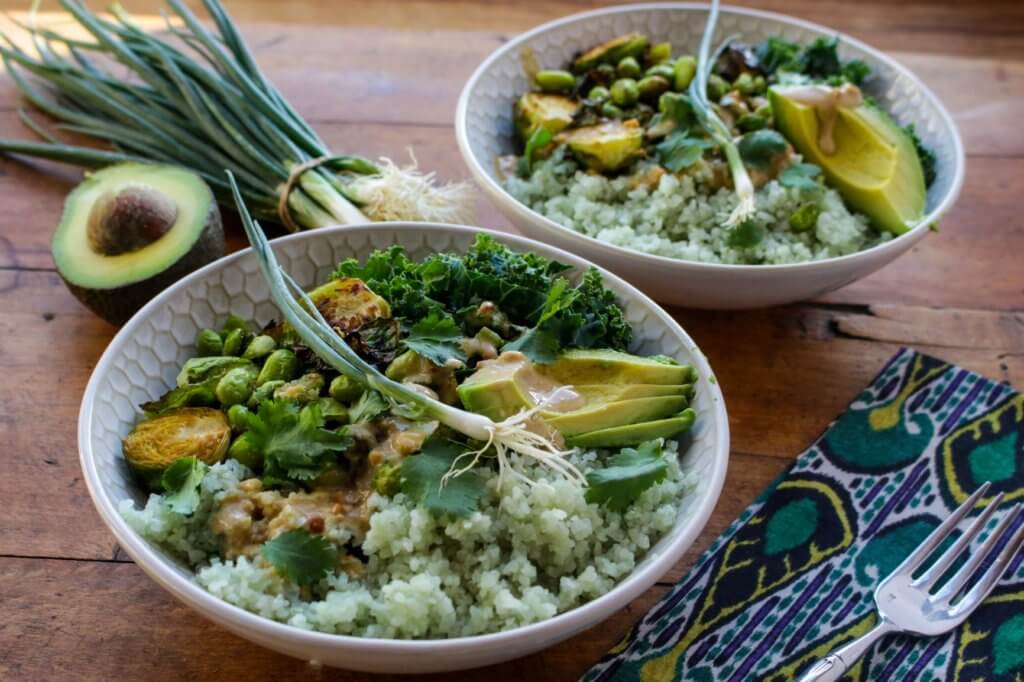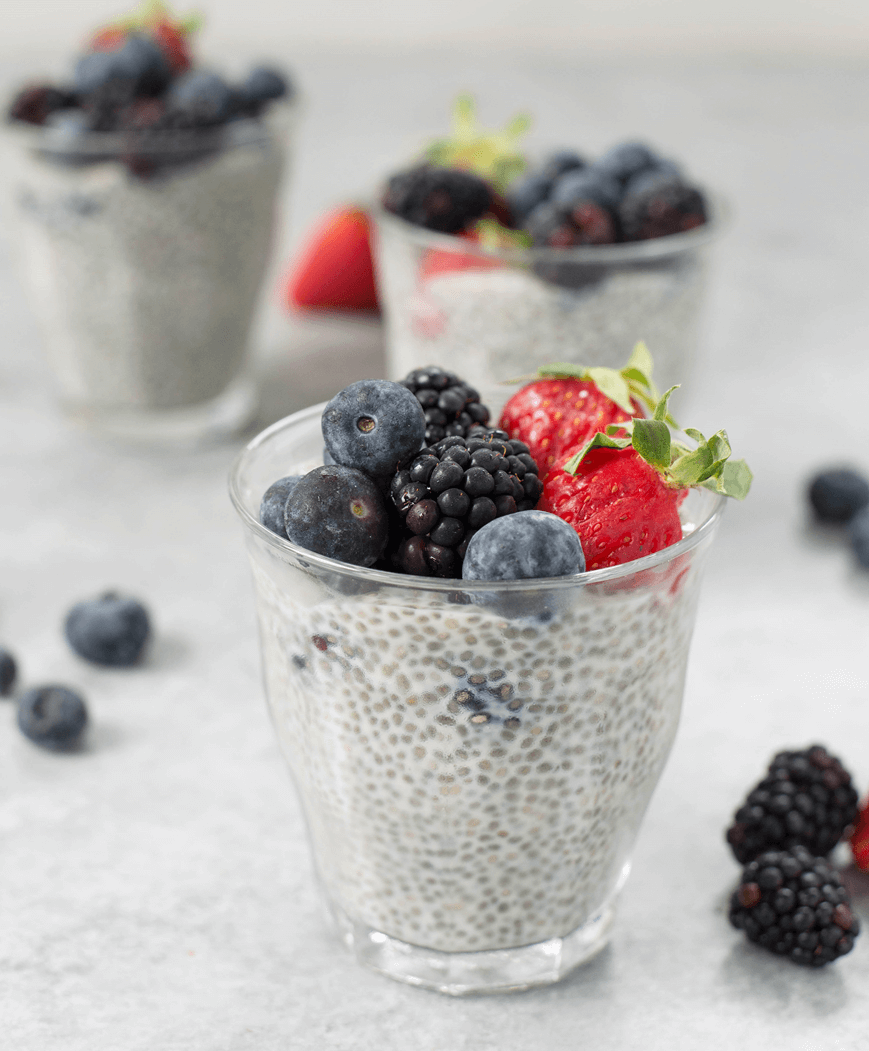6 Tips for Boosting Protein on a Plant-Based Diet

Don’t worry about meeting your protein needs on a plant-based, flexitarian, vegetarian, or vegan diet—just follow these 6 expert tips for boosting protein.
Are you worried about getting enough protein if you are switching to a plant-based diet, whether it’s flexitarian, vegetarian, or vegan? Have no fear, because there is plenty of protein in plant sources to go around—it’s completely possible to meet your needs if you plan wisely! Indeed, many plant protein sources are rich in all of the essential amino acids, and your body is able to create a pool of amino acids that can allow you to synthesize proteins in your body. For years, people have worried over adequate protein intake in plant-based offerings, however, there are a variety of whole plants that are great sources, including soy foods, pulses, nuts, seeds, and grains. Even veggies can contribute to your total protein intake! Whether you are trying to improve your plant-based diet pattern, or are newly transiting to a plant-based diet, there are many ways to ensure you are consuming enough protein for optimal health. Once you master these tips, you won’t have to worry about whether you’re getting enough protein each day.

Why You Need Protein
Protein is an essential building block that your body requires to synthesize muscle tissue, make hormones, carry oxygen, fight off infection, and repair damaged tissue. There are nine essential amino acids that you must eat on a regular basis for your body to function optimally. Some plant sources provide good sources of all nine essential amino acids, such as quinoa and soy. Even plant foods that may be lower in one essential amino acid can still help contribute to your amino acid pool for the day. It’s important to consume a variety of plant foods to get all of those amino acids in your diet. But don’t over worry about “combining plant proteins” at each meal—just get a variety! Learn more about plant protein quality here.
Plant proteins are slightly less digestible, so you many need more protein to make up for it (about 10-15% more) to make up for that on a plant-based diet. On average, you should aim for 1.0 – 1.1 grams of protein per kilogram of healthy body weight to meet your protein needs. Some people may need a bit more protein than the average person—athletes, body builders, and elderly people may need more.

Plants Rich in Protein
Include some of these foods, which are rich in protein, in your diet regularly.
| Food | Serving Size | Protein (grams) | Daily Value (%) |
| Tempeh | 100 grams | 18 | 36 |
| Soybeans, cooked | 1 cup | 29 | 57 |
| Black beans, cooked | 1 cup | 15 | 30 |
| Lentils, cooked | 1 cup | 18 | 36 |
| Hemp Seeds | 3 Tbsp | 9 | 18 |
| Tofu, firm | 1/2 cup | 20 | 40 |
| Quinoa, cooked | 1 cup | 8 | 16 |
| Almonds | ¼ cup | 8 | 16 |
| Chickpeas, cooked | 1 cup | 12 | 24 |
| Oats, cooked | 1 cup | 12 | 24 |
Some great plant rich protein sources include pulses (beans, lentils, peas), soy foods (tempeh, tofu, soybeans, soynuts, soymilk), seeds (hemp seeds, chia seeds, sunflower seeds), nuts (almonds, pistachios), peanuts, and whole grains (oats, wheat). A great way to ensure that you are filling your diet with adequate plant protein is to include at least one high plant protein source at each meal and snack. Check out our top 6 tips to boost protein in your plant-based diet.
6 Tips for Boosting Protein on a Plant-Based Diet

1. Protein-Power Your Breakfast. Many breakfast foods are loaded with refined sugars and grains, yet fall short on protein. Try a tofu scramble, soy latte, or a chia pudding for your morning routine in order to ensure you’re getting enough protein with plenty of energy to tackle the day.

2. Sprinkle in Spirulina. Spirulina, a powder made from algae, is packed in plant protein with four grams per tablespoon. This colorful algae has a mild, grassy flavor, adding vibrant taste, nutrition, and appeal to smoothies, baked goods, oatmeal, and beverages.

3. Cook with Pulses and Soyfoods Every Day. Cooking a warm, comforting bean dish before a busy week will ensure you have something to eat at the end of a long day and that you are satisfying your protein needs. Bean stews, chilis, and soups are so easy to make with a slow cooker or Instant Pot, and you can use the leftovers all week long. You can also use beans in salads, wraps, curry dishes, and stir-fries. And don’t forget to enjoy soyfoods, such as tofu, tempeh, soymilk, edamame, and soybeans, every day as a protein-rich superfood.

4. Load Up on Nuts and Seeds. Nuts and seeds are a great source of protein that can be sprinkled on top of salads and side dishes, eaten as a snack, stirred into cereals, blended into smoothies, or whisked into baked goods. The opportunities to add nuts and seeds to your diet are endless and with so many varieties, try to change up your choices every day.

5. Try a Protein Powder. A vegan-friendly protein powder made from plant sources like pea, almond, soy, and/or hemp seeds, can be the perfect protein addition for a morning smoothie, bowl of oatmeal, or baked good. Adding a scoop of protein powder can give you an extra fifteen grams of protein (which can vary depending on the particular protein powder). Though you don’t need to rely on protein powders in a balanced healthy diet, they can help you if you’re struggling with meeting your needs.

6. Add Quinoa to Your Diet. Quinoa is a whole grain that’s not only loaded with nutrients, but it’s a high quality protein source. Replacing white rice or white flour in recipes with cooked quinoa, or adding quinoa to veggie-burgers, salads, grain bowls, baked goods, and casseroles is a great way to boost protein in your meals. Plus, there are so many delicious quinoa recipes that you can turn to, like my Eggplant Stuffed with Miso Quinoa, Jackfruit Black Bean and Quinoa Tacos, and Quinoa Risotto with Kale and Pistachios.
Written by Michelle Naragon, Dietetic Intern, with Sharon Palmer, MSFS, RDN
Images by Sharon Palmer, MSFS, RDN
For more tips on plant protein, check out the following blogs:
Power Up on the Plant Protein Star Pulses
Eat More Plant Proteins for Longevity
A New Take on Plant Protein Quality



Would like to get enough protein (because Iam quiet sporty) a. Also vit 12.
I eat junk food, no real sugar, but little honey and maplesirup. I am guten free ( I have chosen not allergic.
Want to eat the right stuff. Iam 61 and no pain, very active.
Thanks for your help! Conny
Hi, thanks for reaching out! I offer 1:1 nutrition consultations, so please feel free to book an appointment if you are interested.